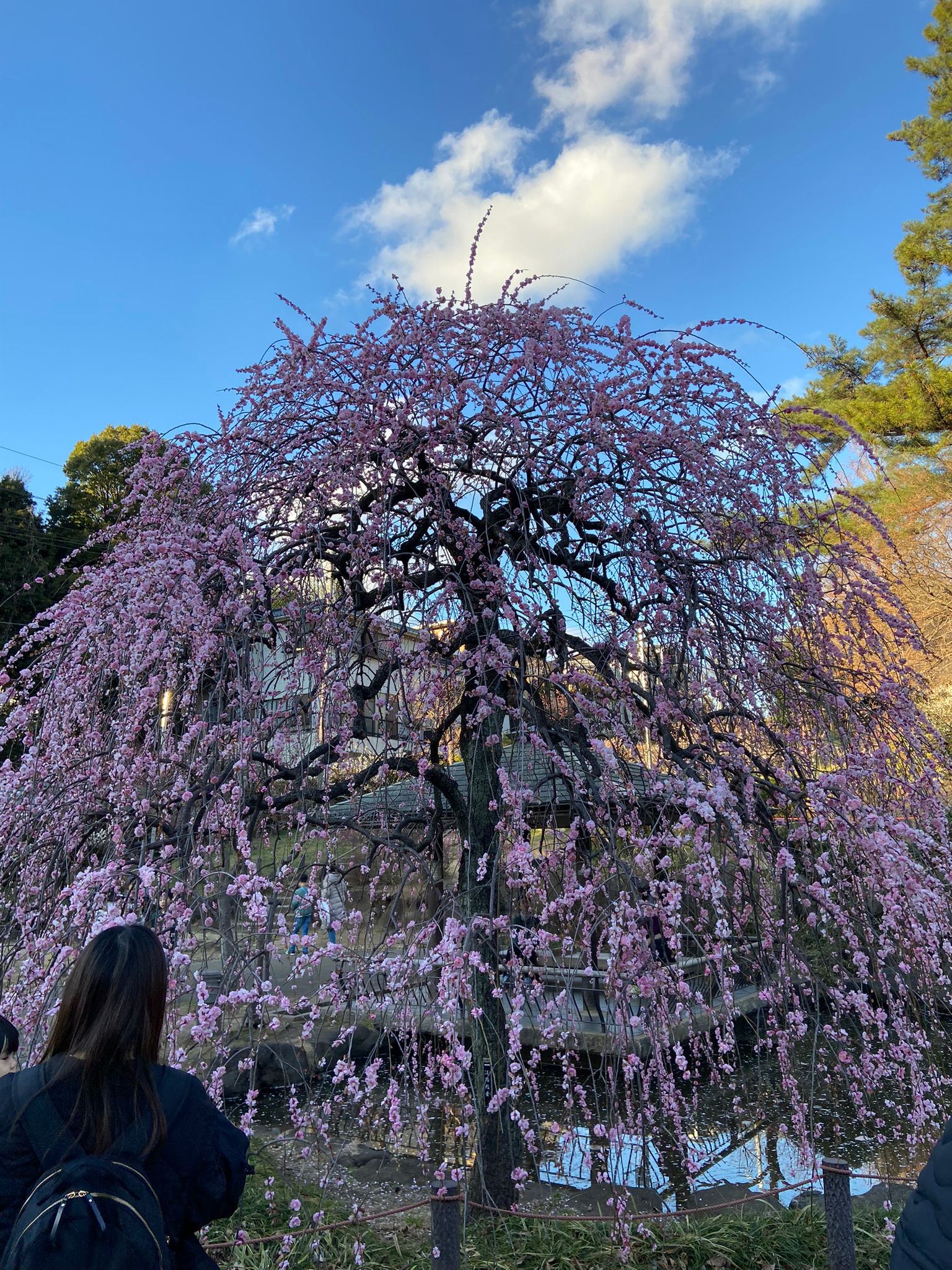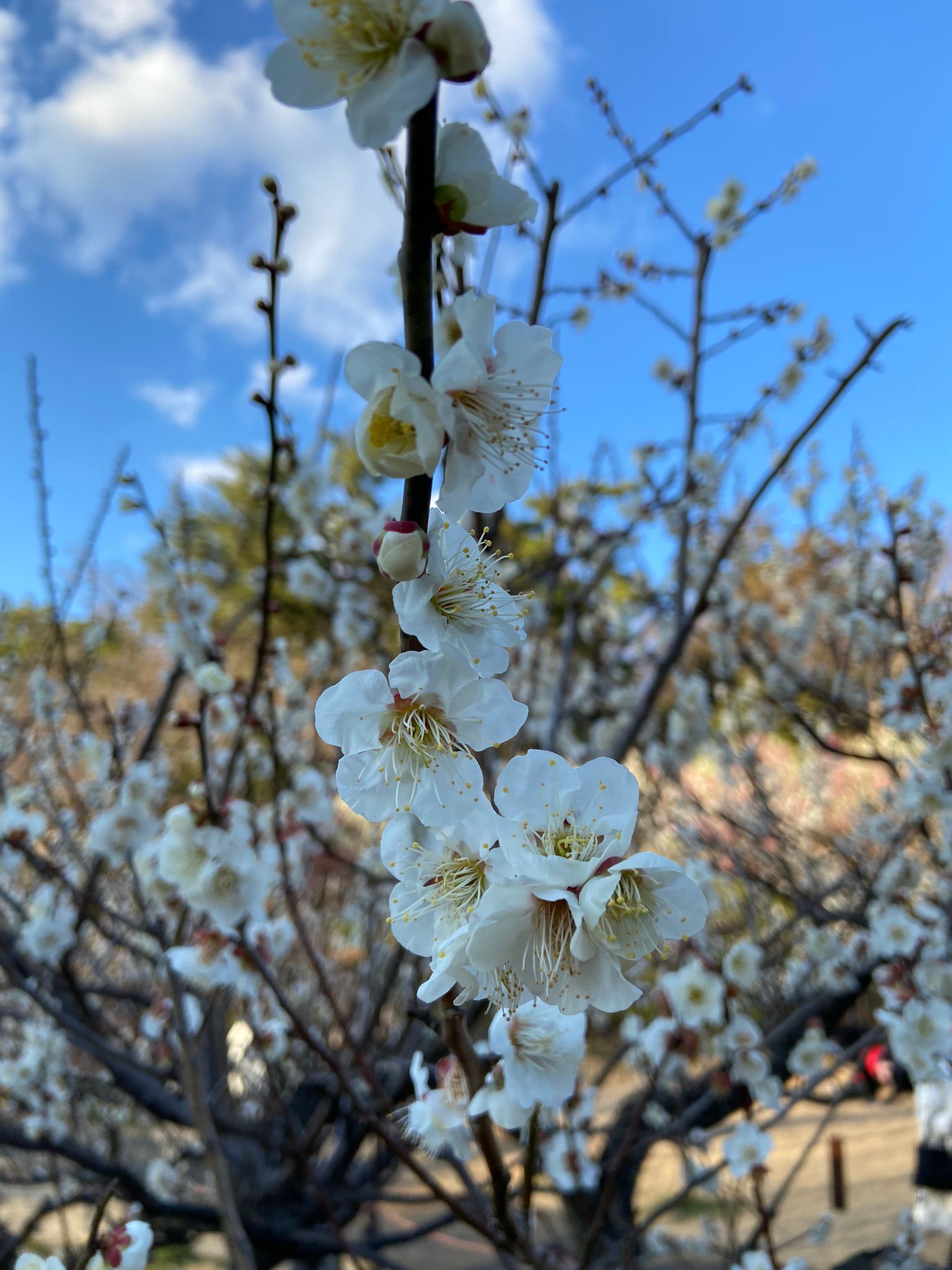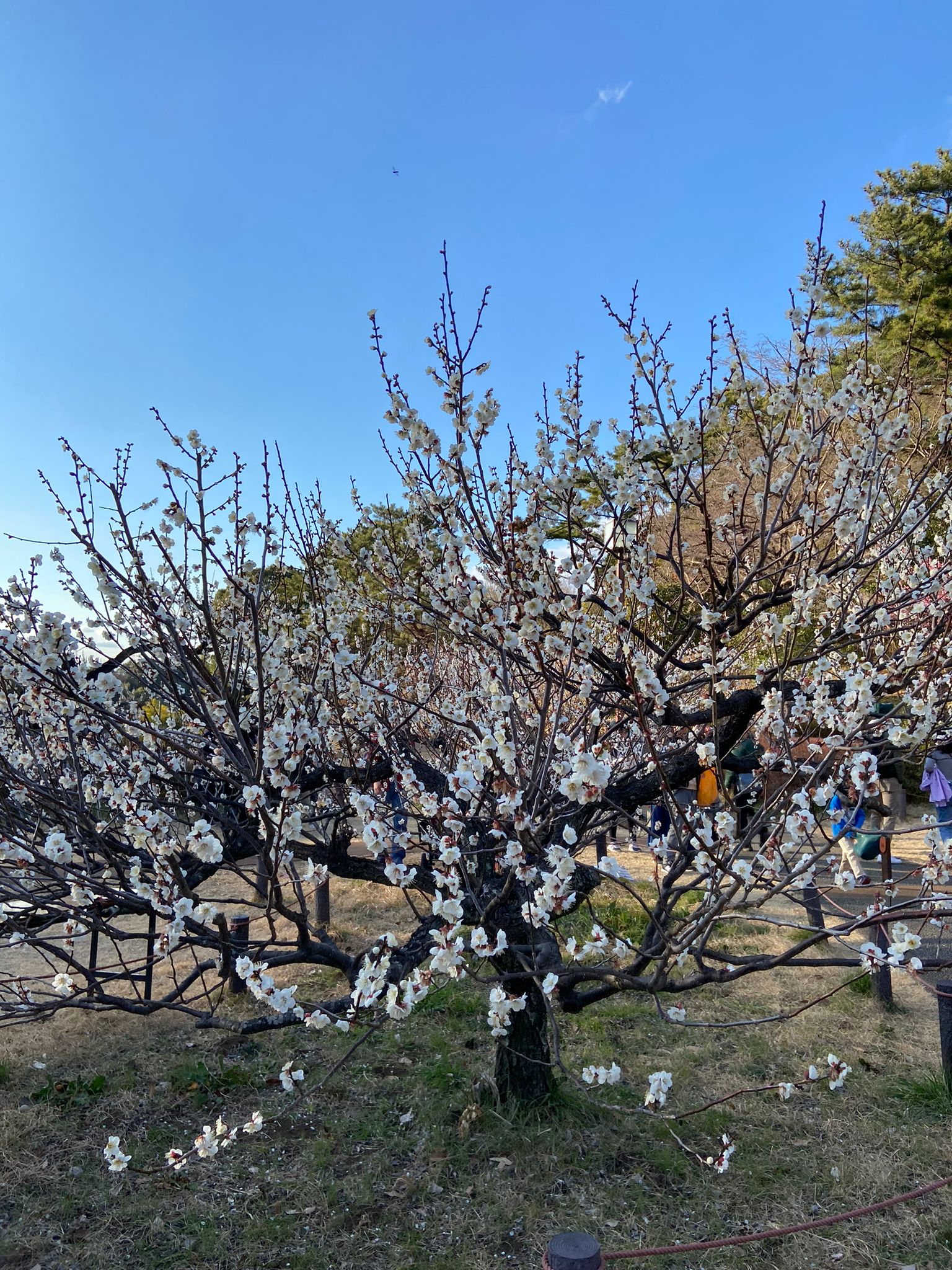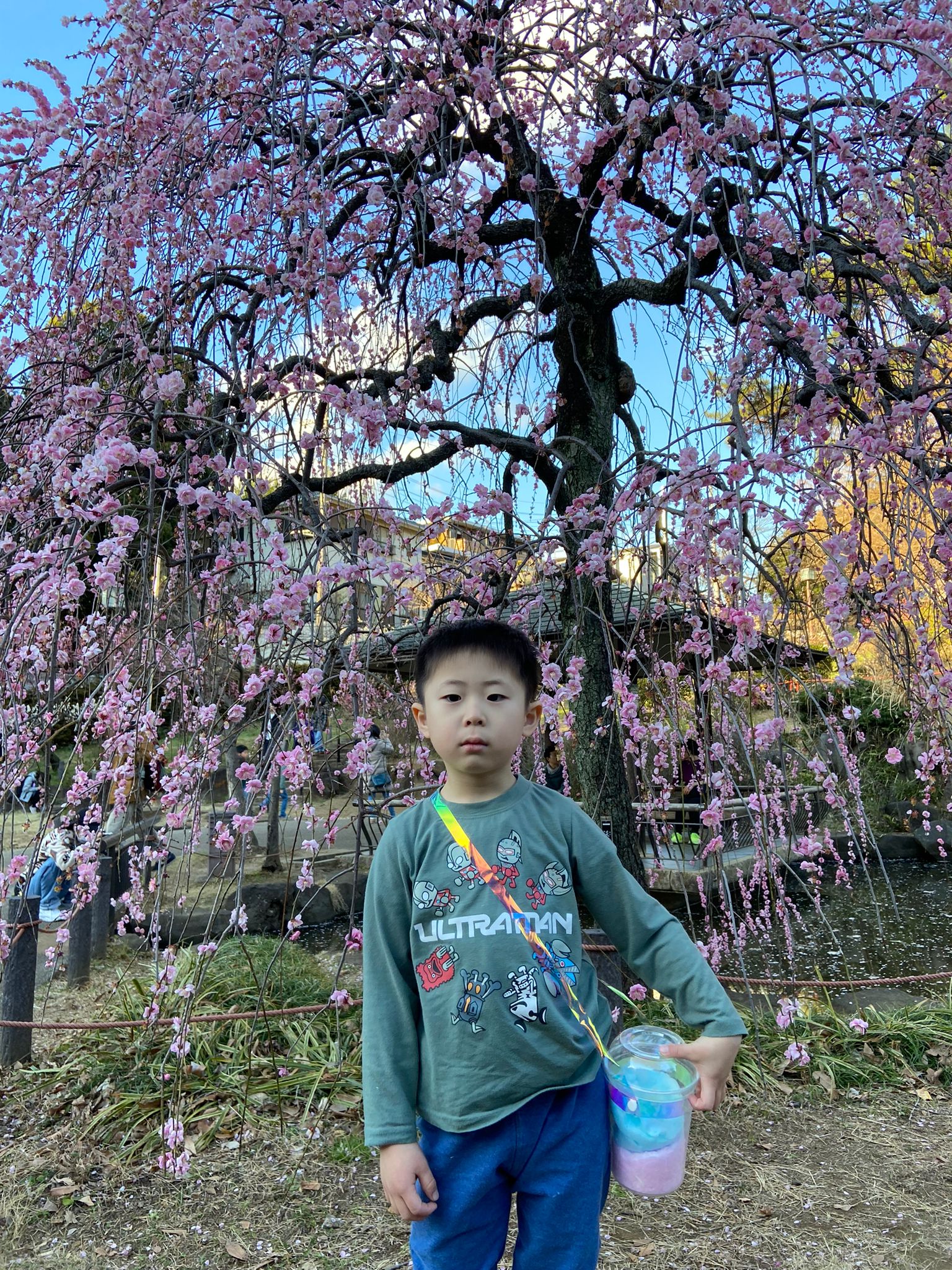Tokyo, NFAPost: Japanese plum blossom, which started in January end and February, is appearing ahead of cherry blossom or sakura.
Since it is born of the bitter cold of winter and reminds that spring will soon arrive, Japanese citizen symbolises plum blossom with vitality, hope and renewal in the society.
The ume, word for the Japanese plum tree, is famous when it is viewed in full bloom in intriguing red or purple leaves on many tree varieties providing very nice and elegant smell.
Japanese boy Naoki, Grand son of Yoshio Watanabe, enjoys morning walk through plum blossom in a park in Yokohama, around 30km South of Tokyo.
“I love walking in the park, especially when plum is bloomed. My Granddad is supporting me to view it in the park,” Noaki
Here we have to understand that the ume fruit is actually sourer than the Western plum or apricot, and is often processed in various forms before eaten. The most popular one is umeboshi, a sour, pickled plum, which is normally eaten along with cooked rice.


Yoshio Watanabe said plume blossom also goes through much hardship in order to become a thing of beauty to attract people.
“Here we have to understand that all human beings should develop inner strength and admirable qualities with the passage of time. Also, plume blossom gives a vacationing and allows us to avoid the crowds that gather at many cherry blossom spots in Japan,” said Yoshio Watanabe.
Considered one of the three most beautiful parks in Japan year-round, Kairakuen, in the city of Mito is truly stunning when its 3,000 plum trees are in full bloom.
The Japanese cherry blossom or sakura is considered the national flower of of Japan, and is central to the flower viewing custom of Hanami, a many centuries-old practice of holding feasts or parties under blooming sakura tree.
The cultivation of ornamental cherry trees began to spread in Europe and the United States in the early 20th century, particularly after Japan presented trees to the United States as a token of friendship in 1912.
There is often confusion in the classification of cherry trees, since they are relatively prone to mutation and have diverse flowers and characteristics, and there are many varieties (a sub-classification of species), hybrids between species, and cultivars.

In Japanese cities and towns where people live, Pruns species (Oshima Cherry) and Pruns jamasakura (Yamazakura) are grown as large trees and it will have large flowers suitable for cherry blossom viewing.
Many cherry species and cultivars bloom between March and April in the Northern Hemisphere. Wild cherry trees, even if they are the same species, differ genetically from one individual to another.
Most of the Japanese schools and public buildings have cherry blossom trees planted outside of them. Since the fiscal and school years both begin in April, in many parts of Honshu the first day of work or school coincides with the cherry blossom season.





